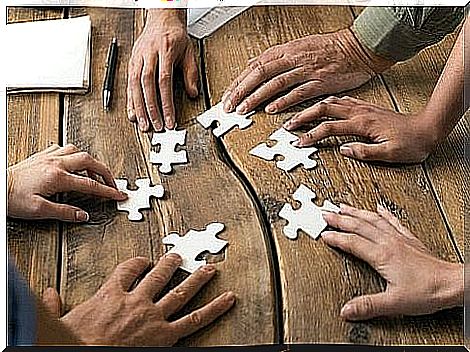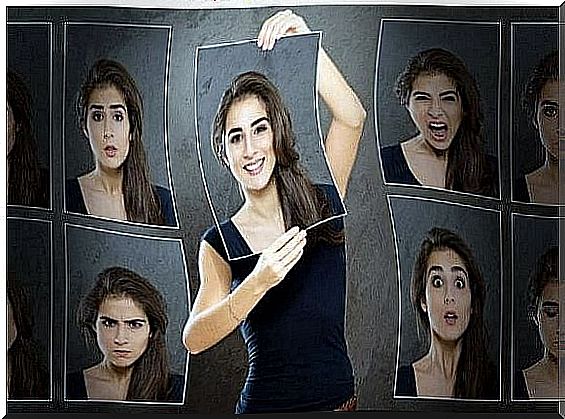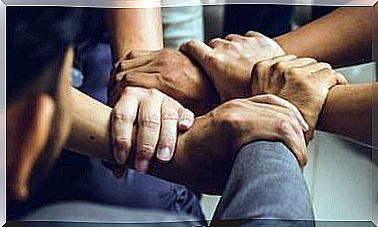To Form A First Impression: The Starting Point For Each Relationship

Have you ever started thinking about how fast you form an image of the person in front of you? Or how can you switch so quickly from what you see to what you feel? Have you ever realized that your brain almost automatically outlines a profile of the people around you? These are just some of the things that make a difference.
A study conducted by Burt Decker shows that our brain forms a first impression of someone we meet in just two seconds. At this moment, the brain creates 50% of the image of them, and then finishes the remaining half within the next 4 minutes. The mental picture affects the way you interact with this person, as it often happens that you end up confirming this picture.
Things that help to form a first impression
Now we will give you a simple example to explain what we mean. Imagine for a second you were transposed into the karmic driven world of Earl. If you think so, it’s most likely because you were friendly too. Therefore, the other person will continue to behave that way.
If this person was not friendly at first, they could start behaving this way later. Among other things, this is one of the reasons why it is so difficult to change a first impression. The way we interact with the other person is based on this first impression.

Understanding how we create these first impressions is fascinating. Our brains are completely unconsciously filled with a lot of information. Although they do not have something to contribute with. You can see this in a study conducted by psychologist Nalini Ambady.
She showed that a 10-second video with a professor was enough for the students to make a first impression. And that’s not all. The average first impression these students had was not very different from the impression that the students who participated in the professor’s class for an entire semester had. It shows how fast our brains can form a complete picture of a person.
One conclusion is how important our non-verbal language and external appearance are. The way you present yourself in the first moment will make a big difference.
How does society and culture affect our first impression?
Society and culture affect us both consciously and unconsciously. All those things around you, and the whole story of living with them, are based on the first impression you store in your brain. And sometimes you do it completely unintentionally. Your actions are directed at that impression without you even being aware of it.
Society tells you how to dress, behave, talk… so that the criteria you use to design your first impression of someone will also have the same basis. You will notice if they match what society accepts (which may match what you accept or not).
People who do not fit into these lines will probably get your attention more, and it will be something that stands out in your first impression. It will make you imagine a picture of them even faster.
Much of this process is unconscious: you do it without realizing it yourself. This makes it difficult to have a direct influence on the process. But what you can do is be very aware of how you create first impressions and be a little skeptical of them. Trust it only as far as it deserves, and be open to change it. Doing so will also be helpful to you as a person, because it will improve the quality of your new relationship.

Are our first impressions correct?
We are much more than first impressions and external appearance. Each of us has a lot inside us. And everyone deserves that people should take enough time to get to know them. Nevertheless, your first impressions are often quite correct if you compare them with the impression you have after a few months.
But be careful. It usually happens with relationships that are not deep enough, such as with a teacher and a student. But in more intense conditions, this first image will go through many changes over time. It could be because you got a little wrong in the beginning, or just because it has changed.
The survey shows that we are quite good when it comes to forming first impressions. In just a few seconds, you can fill in the information the other person has not given you, and still be right.
But what’s really going on there? It is also the idea that since society tells us how to behave, you can fool the person you are talking to simply by behaving only within the “normal” limits that society has set for you. It is easy to create a positive image of yourself if you already know what people want to see.
So while making a first impression is usually something we are good at, it is seldom accurate. The biggest advantage is that they help you create expectations and act in a certain way. The downside is that there are many assumptions in them that can prevent you from getting to know the other person.









